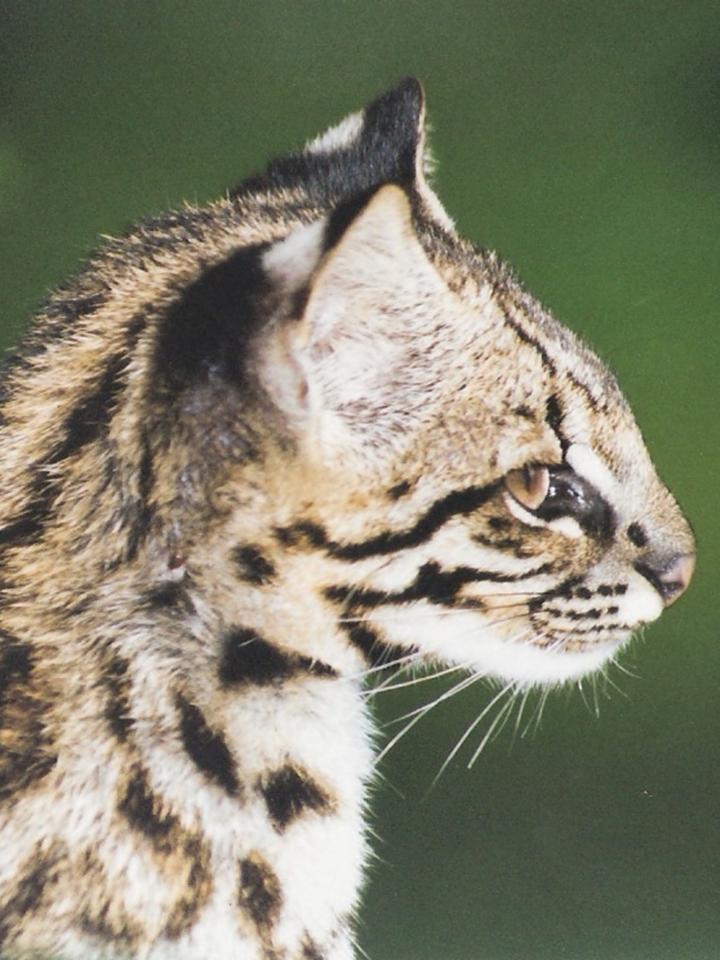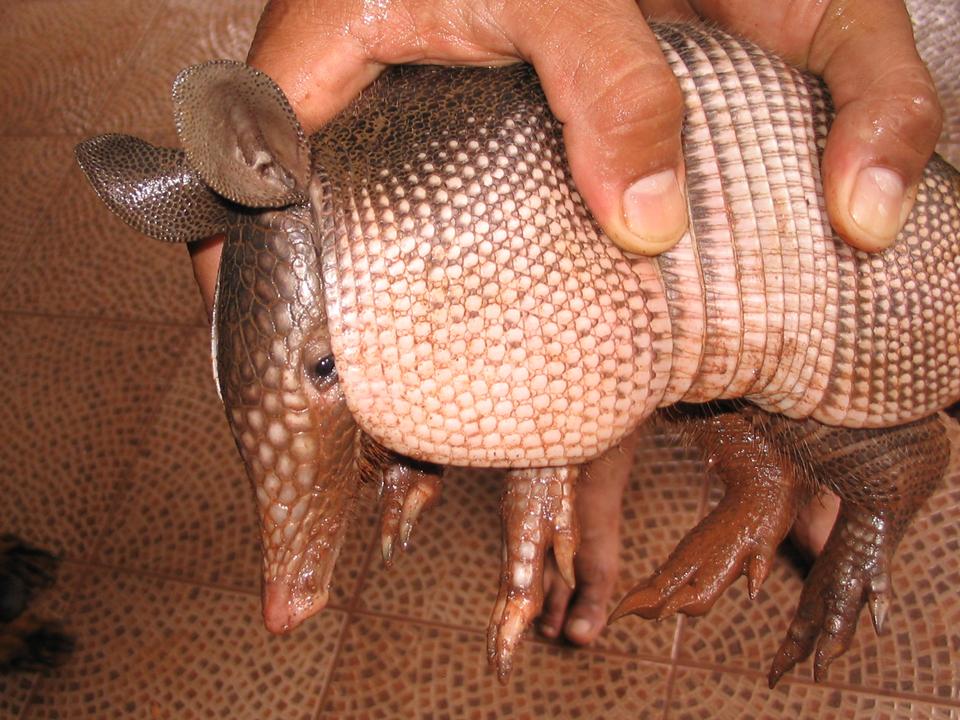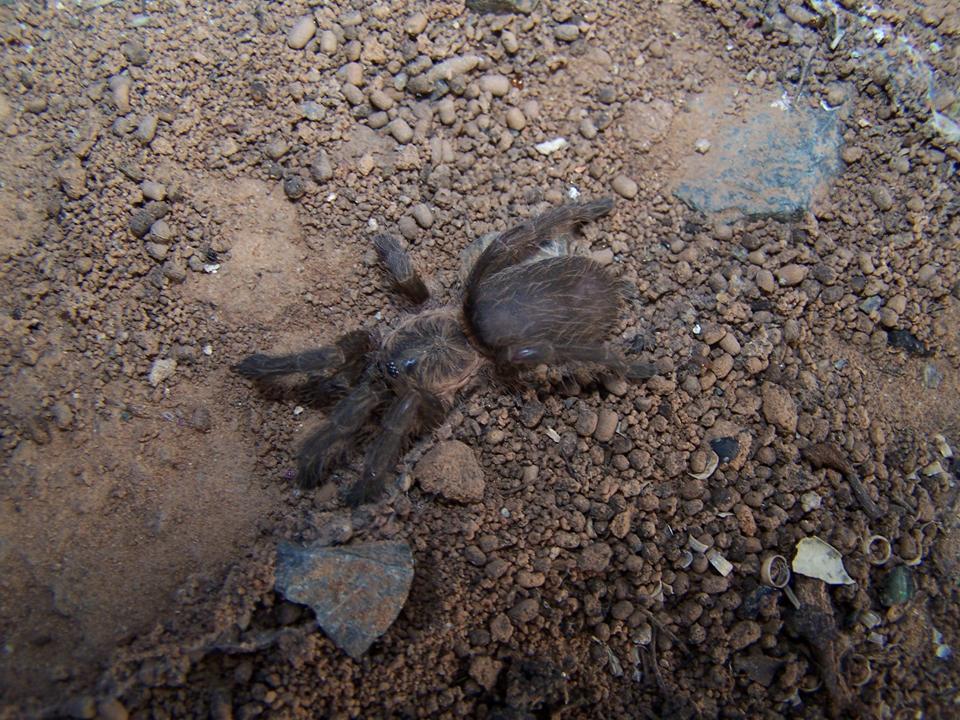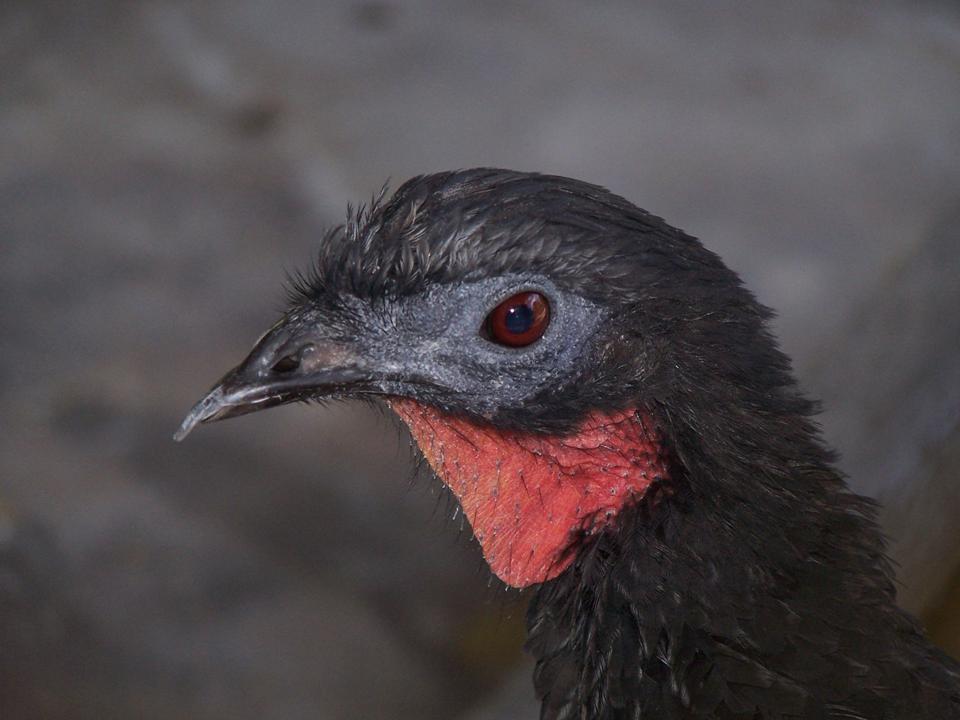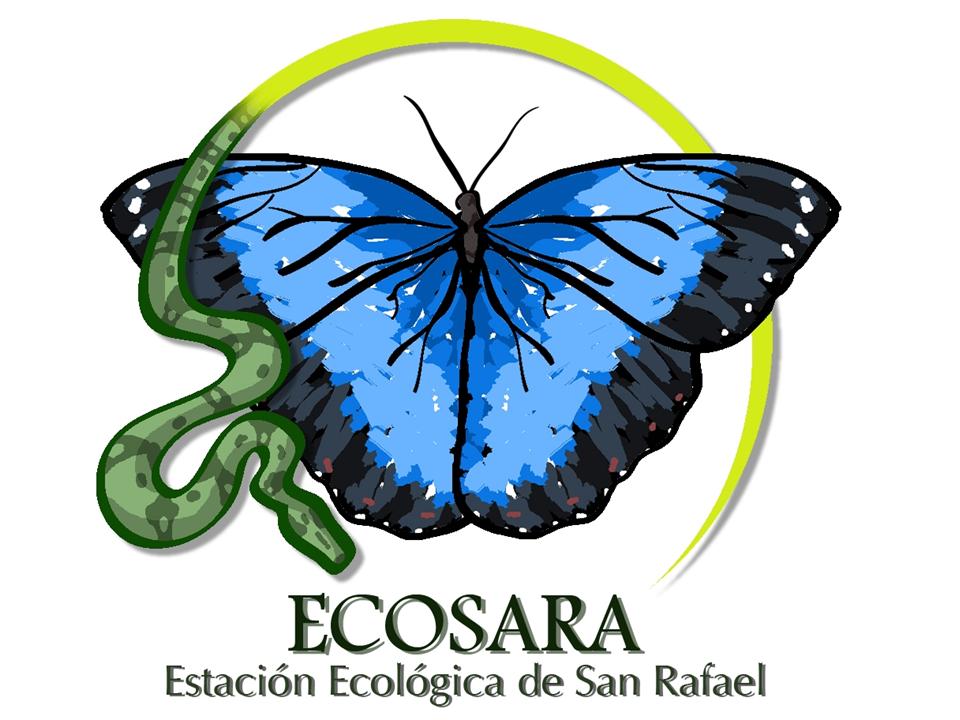
The Atlantic Forest is characterised by a high number of endemic species - that is species that are completely dependent on that specific habitat type for their existence. As a result, removal or fragmentation of the habitat has a direct effect on the populations of these unique creatures, the sad end of this process being extinction and the loss of the species forever. ECOSARA is working in tandem with Pro Cosara and FAUNA Paraguay.com to publicise the plight of the Reserve and to raise awareness as to its value. Below is a brief summary of the amazing biodiversity that finds its home in San Rafael National Park.
MAMMALS
The number of mammal species occurring in the Reserve has never been conclusively calculated, and the number of "micromammals" is undoubtedly under-estimated. What is certain is that some of Paraguay´s largest and most spectacular mammals are still present in the Reserve, having retreated from much of the rest of eastern Paraguay to escape the ceaseless advance of agriculture. Recent Jaguar kills, footprints of Peccary and Tapir, sightings of Puma and the characteristic "vomit" of Maned Wolf all betray the presence of these magestic beasts.
BIRDS
More than 410 species so far recorded, with new species being added annually. This number is equivalent to 58% of all species recorded in Paraguay. Of these 72 species (17.6%) are considered endemic to the Atlantic Forest and 2 endemic to the Mesopotamian Flooded Grasslands. A total of 28 species (6.8%) are threatened with imminent global extinction. Flagship species in the reserve include the Helmeted Woodpecker - "South America´s Ivorybill" - the Saffron-cowled Blackbird, Black-fronted Piping-guan and Paraguay´s National bird, the Bare-necked Bellbird.
REPTILES AND AMPHIBIANS
To date approximately 30 species of reptiles and 30 species of amphibians have been recorded in San Rafael (19% and 36.6% of the country total respectively), including two reptile species new to science found in the last few years! With almost no herpetological work performed in the area much remains to be discovered, especially given that, as a general rule, in most areas the number of reptiles species is at least double that of the amphibians - in other words at least another 30 reptile species would be expected to occur in the Reserve. Reptiles are just that little bit harder to find!!
INVERTEBRATES
It is impossible to even begin to estimate the number of invertebrate species that are found in San Rafael. This group is so under-studied globally that it has been estimated that only 10% of the world´s insect species are even known to science! Given the fact that the Atlantic Forest is little studied and, it may be assumed, that many of the species are endemic to the habitat (as in other classes) the odds of that fly you just swatted being a species unknown to science are extremely high!!
PLANTS
Plants are the group that best define the Atlantic Forest, after all a forest without trees isn´t a forest at all! As much as 40% of the plant species in the Atlantic Forest biome are endemic to it, and with many of potentially great economic value, the study of plants is something that could have positive repercussions for us all. Sustainable use of the forest resources is the key to success, but to date the attitude has been one of short-term gain and long-term loss. One economist estimated that since 1950, the destruction and burning of Atlantic Forest in Paraguay for agriculture had cost the country the equivalent of a 35% increase on its GDP, had the same trees and plants that were simply burnt been harvested for their market value.
The Paraguayan Atlantic Forest is an exciting and wondrous place. So little is known about it that every trip into the forest brings with it the promise of significant discoveries. ECOSARA invites you to join us in our quest to study and document the flora and fauna of San Rafael National Park, so that we might learn from the mistakes of the past and make the future a bright one.
ECOSARA
WILDLIFE OF SAN RAFAEL
Designed by Paul Smith 2007. This website is copyrighted by law.
Material contained herewith may not be used without the prior written permission of FAUNA Paraguay, Pro Cosara and ECOSARA.
Photographs are used with the knowledge of the photographers
and may not be used for any other purpose without prior written permission from FAUNA Paraguay, Pro Cosara and ECOSARA.
